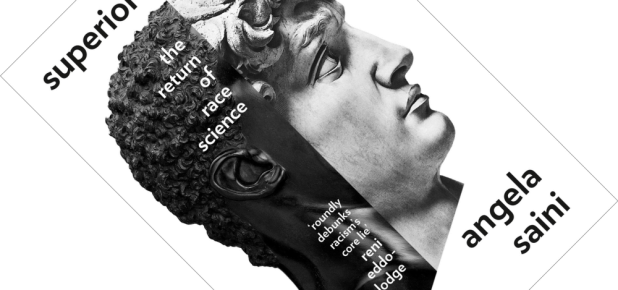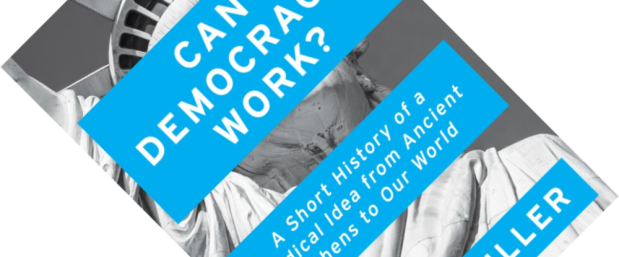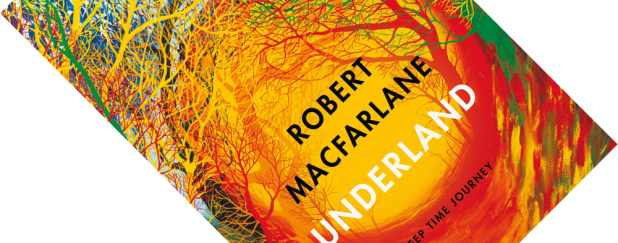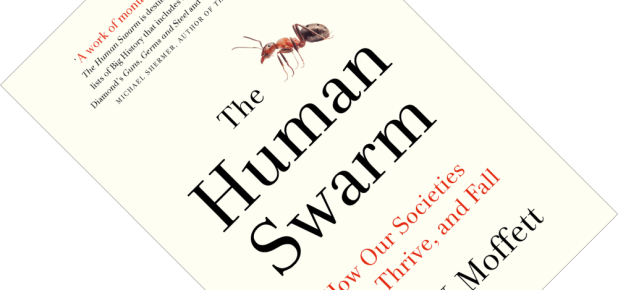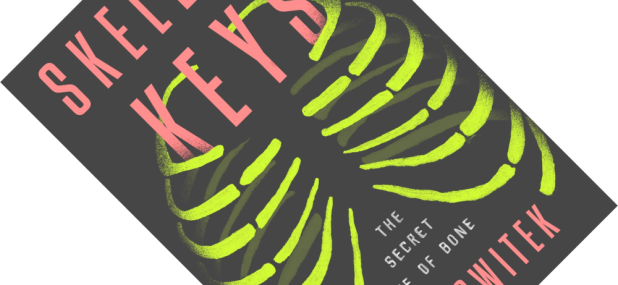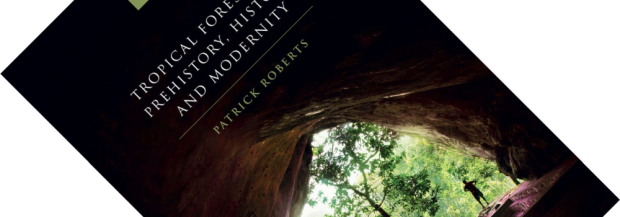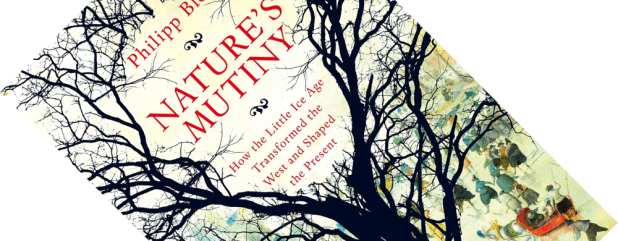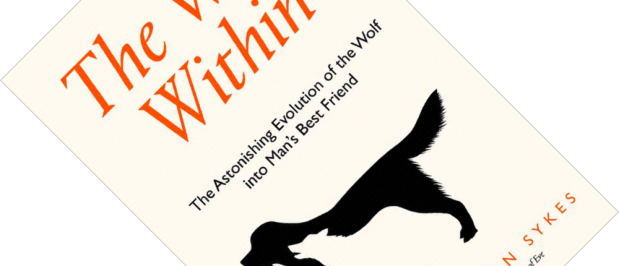Over something as mundane as the tone of one’s skin humans have been inflicting intense grief and misery upon each other for centuries. And when biology and anthropology arose as scientific disciplines, they were brought into the fold to justify subjugation, exploitation, and slavery. With Superior: The Return of Race Science, journalist Angela Saini has written a combative and readable critique of race science that seems to be rearing its ugly head again. But in her fervour, does she take it too far to the other extreme?
history
Book review – Vanishing Fish: Shifting Baselines and the Future of Global Fisheries
The phenomenon of “shifting baselines” is, to me, one of the most powerful concepts in ecology, explaining a lot of the damage humanity has wreaked on its environment. Vanishing Fish is a career-spanning collection of previously published essays, with some new material, from the pen of fisheries biologist Daniel Pauly who coined this term in 1995. And when a man like him speaks, I listen. The book gives an eye-opening overview of the state of the world’s fisheries, and the research that revealed the institutional ignorance that partially obscures the gravity of the situation.
Book review – Can Democracy Work? A Short History of a Radical Idea, from Ancient Athens to Our World
If the will of the people can put a loose cannon like Donald Trump in charge of the USA, or lead to the ongoing car crash that is the Brexit, asking whether democracy can work seems like a timely question. But to think that our times signify an unprecedented crisis is to ignore its long history. Professor of Politics and Liberal Studies James Miller here provides an excellent introduction to the long and spotty track record of democratic governance, showing that it continues to be an ongoing experiment.
Book review – Upheaval: How Nations Cope with Crisis and Change
The subtitle of this book could also be reworded as a question. How, indeed, do nations cope with crises such as war? With Upheaval, geography professor Jared Diamond puts forward a rather unorthodox suggestion for answering this question. Psychologists and specifically crisis therapists have gained a lot of insight into how individuals deal with and overcome crises in their personal lives. Taking a list of twelve factors that influence this, Upheaval is both a thought experiment and a piece of comparative history that tries to apply this framework to six nations that went through a crisis.
Book review – Underland: A Deep Time Journey
Shelter. Yield. Dispose.
These three tasks, so says nature writer Robert Macfarlane, signify our relationship with the world beneath our feet, both across time and across cultures. Underland is his lyrical exploration of underground spaces where people have sought shelter from warfare or hidden valuable treasures, are extracting minerals in mines or knowledge in research facilities, or are looking to dispose of waste. It is one of two big books published only five months apart on the subterranean realm, the other being Will Hunt’s Underground: A Human History of the Worlds Beneath Our Feet which I will be reviewing next. But first, Underland.
Book review – The Human Swarm: How Our Societies Arise, Thrive, and Fall
“Why, of all the species that have ever existed, have only us humans reached this unparalleled level of social organisation?” Sounds familiar? I indeed opened my review of E.O. Wilson’s recent book Genesis: On the Deep Origin of Societies with almost these exact words. Where that book (quite literally) fell a bit short of the intended mark, biologist Mark W. Moffett here delivers a sprawling big history book that considers almost the same question. Perhaps this should not come as a surprise, for Wilson has been Moffett’s mentor.
Book review – Skeleton Keys: The Secret Life of Bone
From Skeletor to the Danse Macabre, from Army of Darkness to ossuaries and holy relics – despite being largely hidden in life, skeletons are some of the most recognizable structures that nature has produced. Science writer Brian Switek has written a sizzling little book with Skeleton Keys* that delves into both the biological and cultural significance of human bones, showing them to be more than just a powerful reminder of death and mortality.
Book review – Tropical Forests in Prehistory, History, and Modernity
Primaeval, pristine, playground of Indiana Jones, home to ancient ruins and primitive tribes – nothing says wilderness more than tropical rainforests. They have had a firm grip on our collective imagination for centuries as the antithesis of civilization. But after reading archaeologist Patrick Roberts’s Tropical Forests in Prehistory, History, and Modernity, it seems my introduction is a load of lyrical rubbish. Synthesizing an enormous body of scientific literature, this book dispels the Victorian-era explorer-mystique to reveal a picture that is far more fascinating.
Book review – Nature’s Mutiny: How the Little Ice Age Transformed the West and Shaped the Present
In the minds of most people, the words “Ice Age” will invoke images of mammoths and sabertooth tigers. But historians use the phrase “Little Ice Age” to refer to a particular period in recent history when average temperatures dropped for a few centuries. The impact this had on societies was tremendous. In Nature’s Mutiny, originally published in German and here translated by the author, historian Philipp Blom charts the transformations that resulted and shaped today’s world. It is also one of the most evocative book titles I have seen this year.
Book review – The Wolf Within: The Astonishing Evolution of the Wolf into Man’s Best Friend
DNA recovered from archaeological remains, so-called ancient DNA, has caused a revolution in our understanding of human evolution (see my review of Who We Are and How We Got Here: Ancient DNA and the New Science of the Human Past). In my review of The First Domestication: How Wolves and Humans Coevolved, I wondered what analyses of ancient DNA would reveal about the domestication of dogs from wolves. I have not had to wait long to find out. Geneticist Bryan Sykes here tells that story, and how man’s best friend subsequently radiated into today’s riot of breeds.

